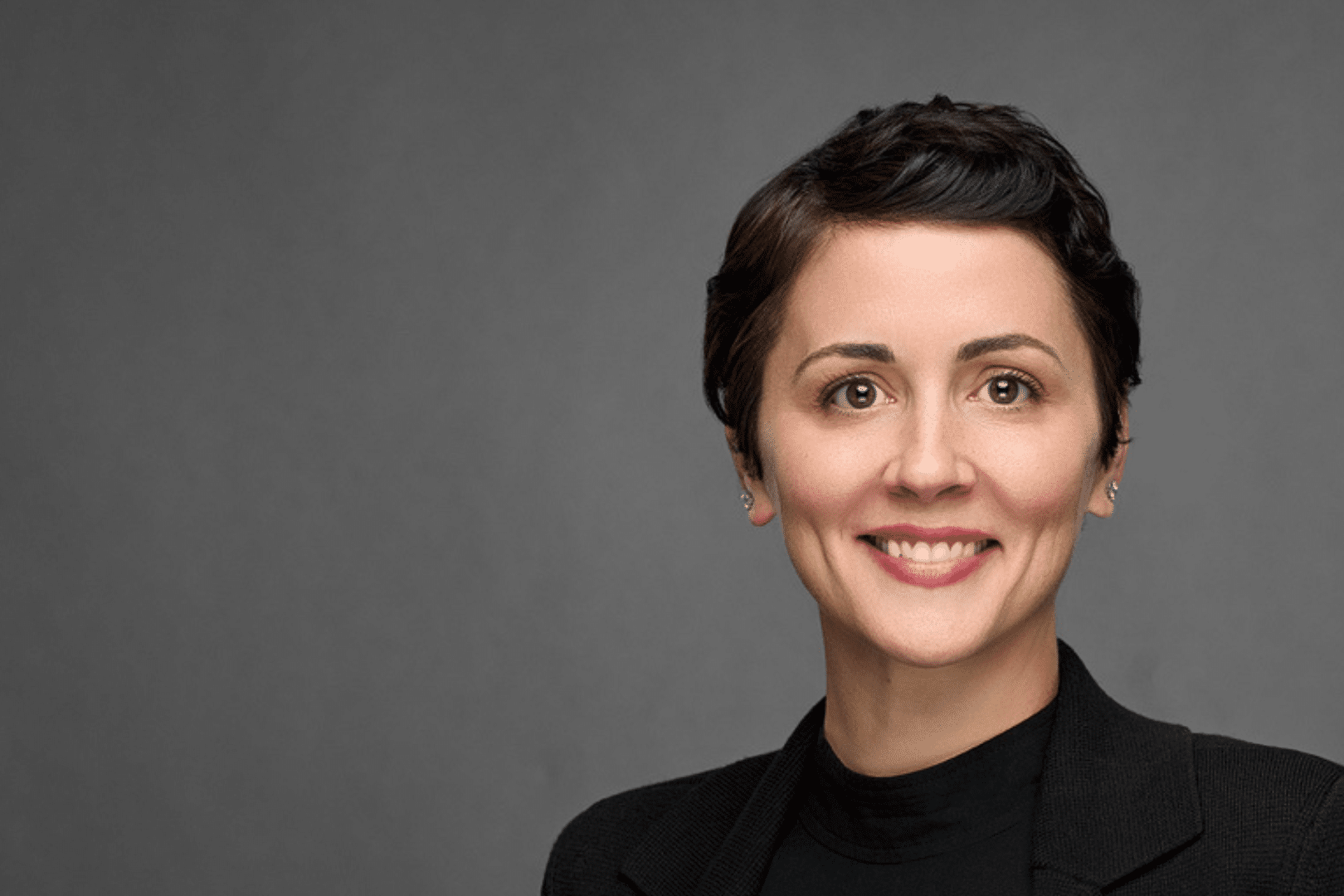Emily is a 7-year-old who loves to dance, draw, dress up, and pet furry animals. She eats, plays, goes to school, and experiences joy and sadness just like the rest of us. But because Emily can at times get lost in her own world, stress over changes in routine, and become overwhelmed with her emotions, society calls her atypical.
A neurotypical person is defined as “an individual who thinks, perceives, and behaves in ways that are considered the norm by the general population.” What makes something normal? Is it just because it’s what everyone else is doing? Why is someone strange just because they do things in a way we don’t understand? How boring and unimaginative life would be if we were all the same.
Emily was diagnosed with autism spectrum disorder (ASD) at age 3. Family members noticed the signs, but I hadn’t. She was my first child and I thought she was wonderful. I didn’t know what was typical and what was not. I was also in denial. Emily had already been diagnosed with type 1 diabetes at 13 months old. I wasn't ready to face a diagnosis of yet another chronic condition.
Emily’s therapy began during COVID lockdown. While others were learning new skills and how to bake bread, I was helping her learn how to communicate and retrain her brain. While others were getting physically fit, I was physically restraining my child to stop her from banging her head against the floor during a meltdown.
Words escape me when I look at the sweet, funny, social girl Emily has blossomed into. I’m beyond proud. She’s worked so hard to come so far, but it breaks my heart when I see her struggle to keep her composure. Emily can still become upset by crowds and loud sounds, but she can also sing a song in perfect pitch after hearing it only once. Emily may not be neurotypical, but she is brave, resilient, creative, and driven. She weeps when she is moved by music. Call that peculiar? Atypical? I call that beautiful.



